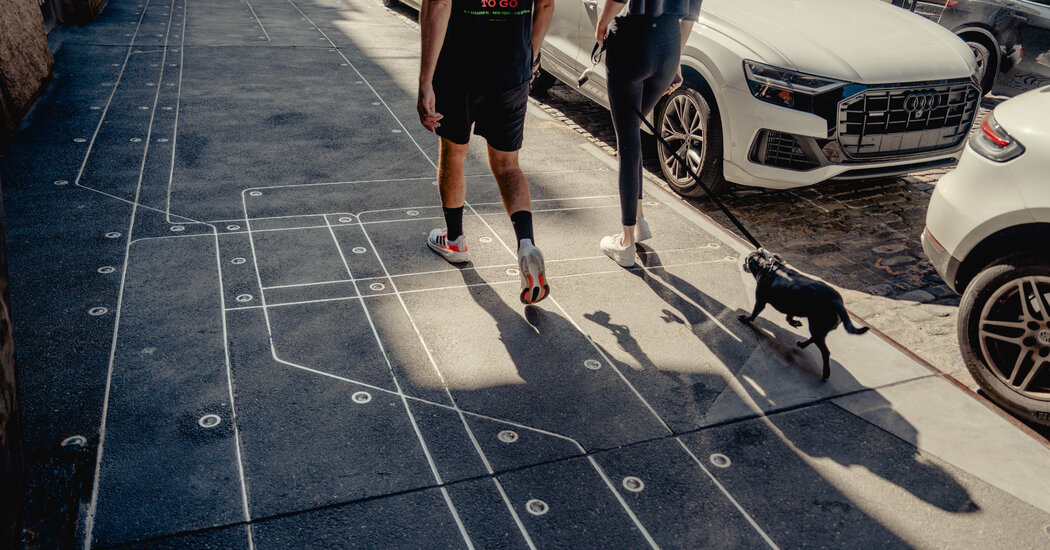It’s part of a continuing project of Joseph Beuys, one of the seminal artists of the 20th century. He began his project, “7000 Oaks,” in 1982, in Kassel, West Germany. Beuys, who died in 1986, planted a young oak tree and a four-foot block of basalt. The idea was to juxtapose and contrast how two elements of nature change in relation to one another.
In the brochure for his project, he wrote, “At the beginning, when we have 6- or 7-year-old oak trees, the basalt columns almost dominate them. After a couple of years, an equilibrium between the basalt and the tree will be reached, and after, say, 20 or 30 years, we will perhaps see the stone gradually turning into a subsidiary structure at the foot of the oak or other respective tree.”
Over the next five years, he planted other living trees coupled with stones in other locations — Baltimore, Minneapolis, Oslo and Sydney, according to Matilde Guidelli-Guidi, curator and co-department head of Dia Art Foundation.
In 1988, Beuys’s idea took root in New York when Dia planted five trees, each coupled with a modest monolith, outside 548 West 22nd Street. In 1996 Dia extended the Beuys installation, planting 25 new trees paired with a basalt stone along West 22nd Street while adding seven stones next to pre-existing trees. In 2020–21, one more pair was added, bringing the total to 38.
They chose hardy trees — including common hackberry, ginkgo, Japanese pagoda, pin oak and sycamore — that could survive urban pollution and complement city trees.
“Beuys intended for the Kassel initiative to be the first stage in an ongoing project to plant trees throughout the world,” Guidelli-Guidi said. “It was part of a global mission to spark environmental and social change.”
Click Here to Read the Full Original Article at NYT > Travel…
